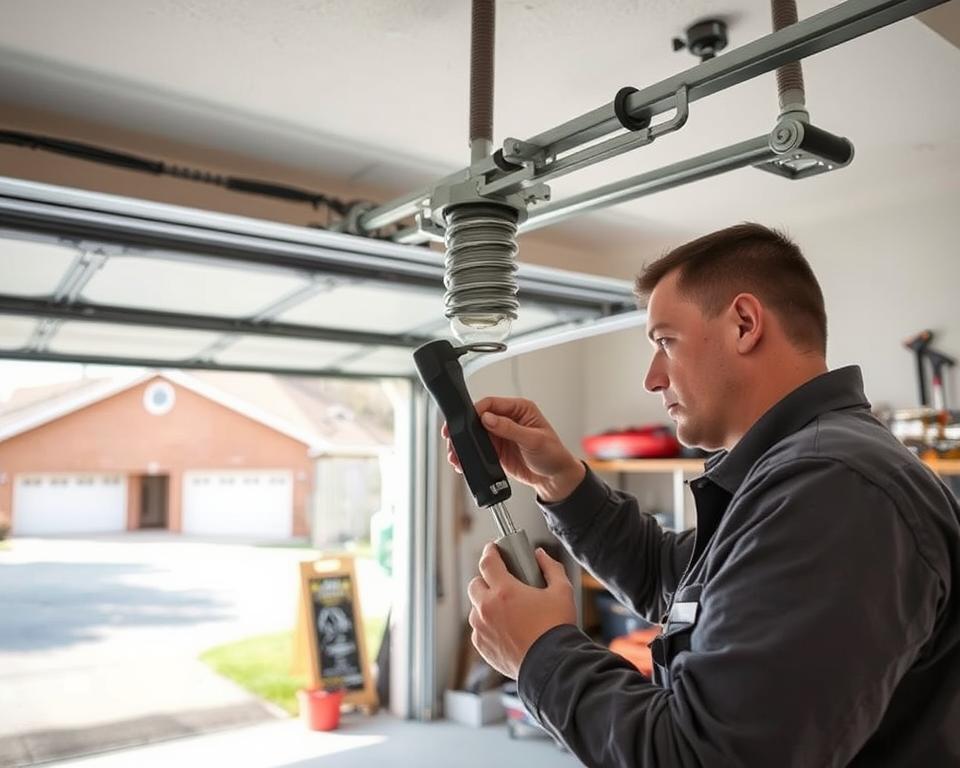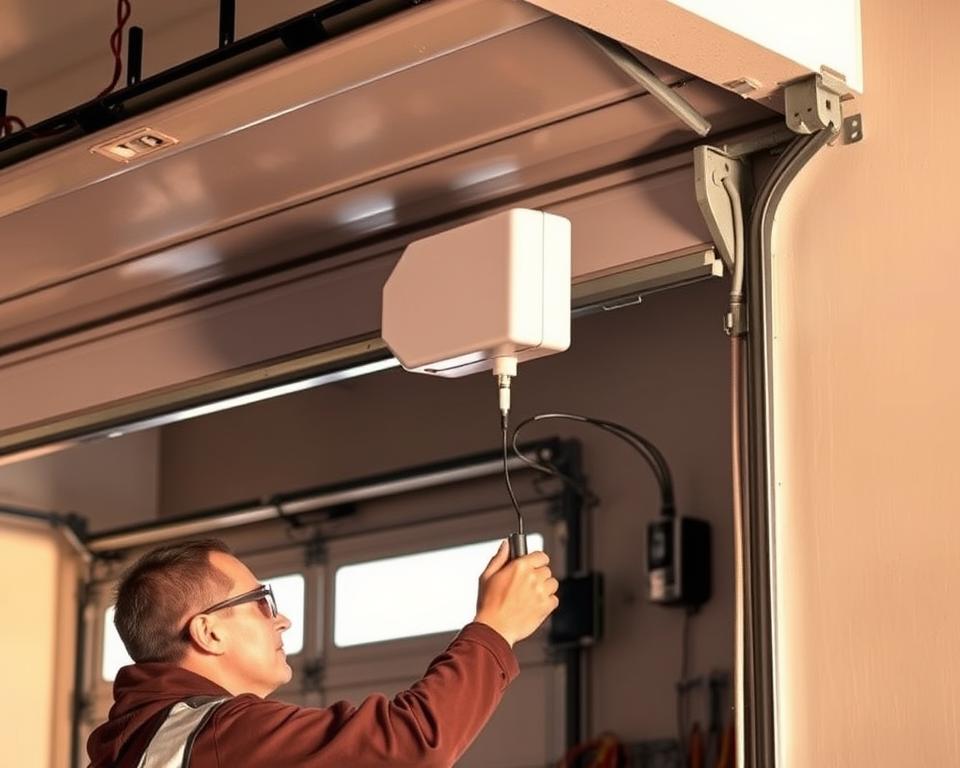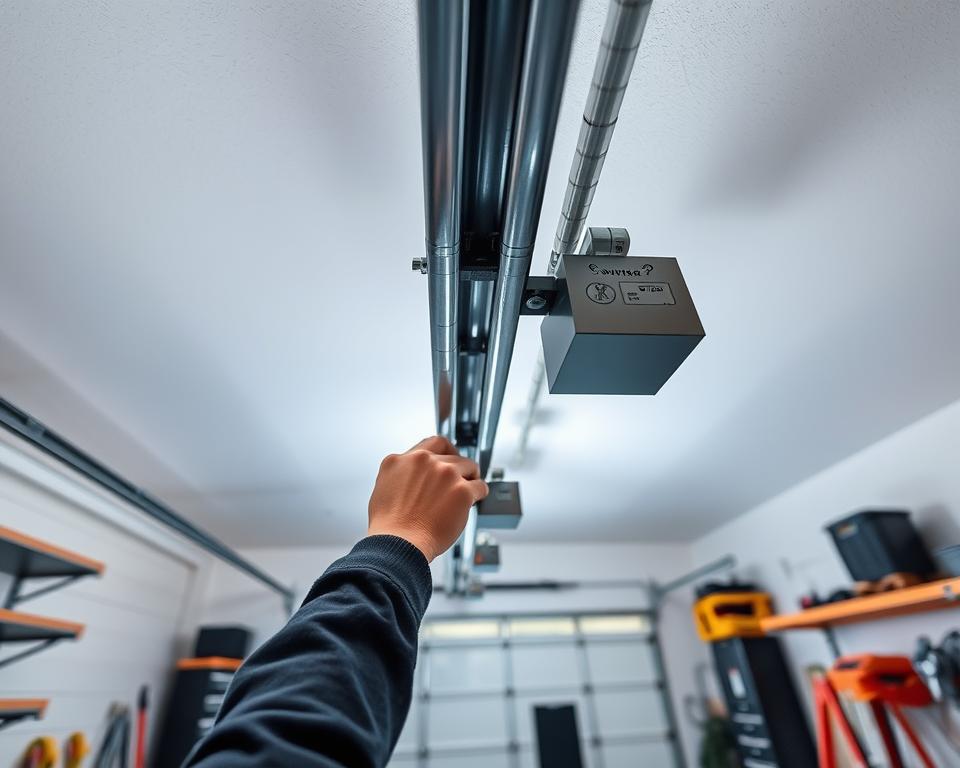Shop Superior Furniture at the Stockroom Home Furnishings Store HK
Ever wondered how to uplift your home environment with panache and excellence? Homes across Hong Kong stand out for their distinctive fusion of current and traditional designs. Central to of this movement lies a leading hub that delivers worldwide creativity right to your door.
Discover an expertly assembled range that combines retro icons with contemporary pieces. Inspired by renowned designers Roy M. and Jojoba L., each Leather Sofa Hong Kong product reflects craftsmanship and practicality. From sleek sofas to elegant dining sets, all elements are created to revamp your home.
Be it a seasoned designer or an metropolitan inhabitant, this collection has options for every style. With a planetary supply approach, premium items are brought to Hong Kong living spaces at affordable rates. Explore the 2025 sofa range and transform your residential environment now.
Greetings to the Warehouse Furniture Hub HK
Revolutionize your living space with a blend of style and usability. For over fifteen years, this store has been a trusted name in HK, providing innovative solutions for current residential demands.
The distinctive “stockroom” concept merges high-end display standards with bargain costs. This approach secures you get superior pieces without emptying your wallet. Navigate a 10,000+ sq ft virtual showroom, designed to channel the boutique experience to your monitor.
Residing in HK often requires coping with minimal space. That’s why the emphasis here is on area-optimizing designs. Whether it is small-scale seating or flexible tables, each item is made to enhance your home’s potential.
Partnerships alongside world-renowned designers like Roy M. and Jojoba L. bring worldwide influence to your doorstep. These partnerships promise a range that’s both stylish and functional.
In addition to home furnishings, the boutique provides interior aesthetics advisories. Be it a lone chamber or a full residence, expert advice is just a click away.
A client remarked, “I furnished my entire living room affordably, and the results are stunning!” This testimonial highlights the commitment to quality and value.
Relish the ease of a user-friendly online platform. With 360° product views, you can examine every detail before committing to a purchase. Elevate your lifestyle with items that exemplify your unique character and taste.
Why Opt for the Stockroom Furniture Shop HK?
Why settle for less when you can have more? This outlet stands out by offering excellence items at unsurpassed cost values. With a direct-from-manufacturer model, no extra fees are added, ensuring you get the best worth for your budget.
Collaborating with 50+ verified worldwide makers, each range is subject to a rigorous 200-hour standard control procedure. This attention to detail guarantees that every item reaches premium benchmarks. Relative to typical stores, cost reductions span 40-60%, making luxury accessible.
All products include a 5-year structural warranty, showcasing our pride in construction. A client commented,

“The durable wooden design went beyond my anticipations—it’s crafted for endurance!”
This review emphasizes our pledge to longevity and superior performance.
Exceptional consumer assistance is available via WhatsApp and WeChat, ensuring support whenever you need it. With a timely shipment rate of 98% and a satisfaction mark of 4.8 out of 5, consistency is our hallmark. Experience the ease of a smooth shopping journey.
From direct sourcing to exceptional service, this platform transforms the idea of home styling. Discover a assortment that combines quality, worth, and aesthetics, all designed for your preferences.
Our Select Assortment of Superior Furniture
Explore a curated assortment that transforms any room. All products within this assortment are created to combine elegance and practicality, suited for current living spaces. Be it in Hong Kong or overseas, these items elevate your space effortlessly.
Luxurious Sofas for Every Living Room
Comfort meets elegance with our range of couches. Best-sellers like the Juliett Feather Down Sofa and Kagan Fabric Sectional deliver luxurious comfort and classic styles. Adapt your sofa with 15-plus material choices and flexible layouts to fit your living room perfectly.
In compact areas, our fresh L-shape settee range efficiently utilizes space. One customer shared,
“This reconfigurable design suits my Hong Kong flat perfectly—it’s trendy and utilitarian!”
Elegant Dining Sets for Your Home
Form an attractive dining spot with our Deacon Solid Wood Collection. These groups merge robustness with refined Lounge chairs Hong Kong style, perfect for communal meals. Family- and pet-safe materials maintain your living space trendy and utilitarian.
- Lucille storage drawers: Maximize space effortlessly
- Bayley bed frame: Sleek and sturdy for modern bedrooms
Require guidance on spatial arrangements? Our free styling consultations guarantee a perfect match for your environment. Explore this collection and redefine your home today.
Excellence You Can Rely On
In building a durable space, superiority remains essential. Each item is meticulously made, ensuring it meets the highest standards. Be it the materials employed or the design development, every nuance is attended to.
Superior Components for Enduring Use
Our supply comes exclusively from top-grade resources to secure extended lifespan. Grade A kiln-dried wood and Italian top-grain leather are just the beginning. They incorporate an 8-tier pad structure delivering exceptional softness and backing.
- Interlocking dovetail construction secures durability and balance in wooden items
- Colorfast textile innovation retains lively hues over time
- Archival aesthetic studies confirm genuine vintage emulations
Meticulous Crafting in All Items
All pieces pass through an exhaustive 7-stage examination. Be it the seams or the final coatings, flawlessness is achieved. Sustainable acquisition measures underscore our pledge to eco-responsibility.
“Truly, the Quinn oak sideboard is exquisite—with flawless workmanship!”
Such feedback illustrates our focus on perfection. Whether you’re in Hong Kong or beyond, you can trust in the quality of every piece.
Economical High-End Designs at the Warehouse Furniture Hub HK
Searching for luxury without extravagant costs? Our direct sourcing model secures competitive prices without sacrificing excellence. By removing intermediaries, we relay substantial cost reductions, making luxury accessible.
Direct Sourcing for Competitive Prices
Using a direct import approach, we lower costs by nearly 60% versus standard retail, which lets us deliver high-end pieces at extraordinary costs. Our starter selections are priced from only HK$3,999, suiting cost-sensitive shoppers.
VIP members enjoy exclusive discounts and early access to seasonal sales. One customer shared,
“The Deacon TV unit was an incredible bargain—I haven’t seen a lower price!”
Great Return for All Price Points
Flexible payment plans make it easy to furnish your home. Select between half-year to full-year payment schemes to ease expenditure. Our price match guarantee ensures you always get the best value.
- Compare our prices with competitors using our detailed charts
- Starter ranges begin at HK$3,999, perfectly suited for newcomers
- Special promotions and elite pricing yield further cost benefits
Boasting a 70% customer return rate, we excel in offering enduring, cost-effective opulence. Explore our collection and transform your space today.
Outstanding Client Support
Enjoy a flawless Coffee table Hong Kong purchasing process with our expert assistance group. With seasoned counsel and easy dispatch, our mission is to delight you at every step. We pledge that every phase of your journey remains seamless and worry-free.
Tailored Support from Our Professionals
Meet Vicky, our lead design consultant, and her team of experts. They stand prepared to assist in shaping an area that mirrors your flair. With free in-home measurements, we ensure every piece fits perfectly. One customer shared,
“Vicky’s attention to detail made all the difference—my home looks stunning!”
Our multilingual support in Cantonese, English, and Mandarin ensures clear communication. No matter the size of your space, we provide comprehensive design support.
Prompt Dispatch and Assembly
Revel in premium delivery services featuring live GPS monitoring. Our specialized crews take care of everything—from assembly to removal of debris—for a smooth process. In-stock items are delivered within 48 hours, saving you time and effort.
- 30-day returns policy for complete peace of mind
- Customer loyalty program offers exclusive perks and discounts
- Positive reviews highlight our professional installation teams
Centered on trustworthy performance and thoughtful support, we serve buyers in all corners of Hong Kong. We are here to upgrade your living area smoothly and decisively.
Real Feedback from Satisfied Buyers
Hear directly from those who’ve transformed their spaces. Our clients share their experiences, showcasing how our furniture has enhanced their homes. From cozy apartments to corporate offices, these stories highlight the quality and value we deliver.
Happy Customers Share Their Experiences
An individual in Hong Kong noted,
“The modular sofa fits perfectly in my small apartment. It’s stylish, comfortable, and incredibly functional!”
Another customer praised our attention to detail, saying,
“The craftsmanship is exceptional. Every piece feels like it was made just for my home.”
Authentic Experiences from Genuine Clients
We proudly collaborate with corporate giants, from renowned banks to cutting-edge startups. Their environments mirror our unwavering dedication to excellence and creativity. Visual case studies highlight the dramatic impact of our offerings.
- Our Trustpilot ratings back our transparency and credibility
- Video testimonials on our YouTube channel bring these stories to life
- Honored as the 2024 Leading Online Home Furnishings Provider
- 92% of our customers say they’d recommend us to others
With each sale, our community projects foster beneficial changes in Hong Kong and further afield. Enlist with our loyal customers and witness the unique impact.
Unveil Our Freshest Assortment
Enter a new era of interior styling with our cutting-edge offerings. Currently, we present designs that overhaul traditional home concepts. Whether it’s streamlined seating or standout illumination, each product is made to spark creativity.
New Sofa Collection: Style and Comfort Combined
Our 2025 sofa collection is here, blending style with cutting-edge features. Hygienic antimicrobial textiles and adaptable power hubs provide both safety and ease. Such couches suit the modern digitally-linked household impeccably.
Popular items like the Corinne stone lamp and Ava side tables complete the assortment. Every item captures new stylistic directions, delivering an innovative perspective on modern lifestyles.
Sleek Homeware for the Current Era
Exclusive joint ventures introduce unique designs directly into your residence. Take a look at our fall/winter ranges showcasing vibrant hues and eco-friendly components. These pieces are designed to make a statement.
Seize the opportunity of limited digital premiere deals. Use our virtual room planner tool to visualize how these items will transform your space. A client exclaimed,
“This fresh range is breathtaking—it perfectly met my space’s requirements!”
Peruse our new assortment to find the ultimate mix of elegance and practicality. Your perfect living space awaits your discovery.
Conclusion
Constructing your ideal living space is simpler than imagined. With a focus on
superiority and value, we bring you pieces that inspire and last. Our upcoming warehouse sale offers unbeatable deals—don’t miss out!
Sign up for our design newsletter to stay updated on new arrivals and exclusive offers. Require guidance? Arrange a no-cost consultation with our team immediately. Count on us to assist you throughout the process.
Rest assured with our cost-match promise and rapid delivery services. Connect with us online for regular design ideas and advice. Partner with us to refresh your environment.
Your dream home is just a click away. Start your journey today and experience the difference.









